SLC S22 Week 5 - Herbal Medicine for Menopause
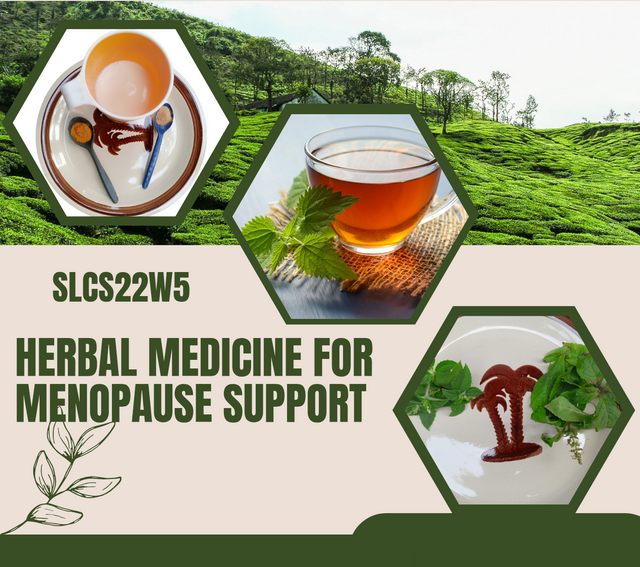
This week's challenge is quite tough. It took a lot of effort for me to find the herbs I used to make this tea.
I kindly ask you, teacher, to consider giving us something more accessible that we can find easily in my country. Many menopause herbs are hard to find here, except for the processed ones.
I could only get two herbs instead of three for the tea, but I believe these two are very effective for menopause.
Menopause Tea Blend: Create a tea blend for the menopause support using at least 3 herbs. Document the ingredients, preparation steps, and benefits of herbs and remedy. (3 marks) |
|---|
Menopause Tea Blend
I was able to gather just two ingredients because of my explanations above.

The ingredients
Raspberry
This leaf isn't very common in my country; you can find it in only a few locations, and its native name is still unknown. Raspberry leaves are full of antioxidants such as ellagitannins, hydroxybenzoic acids, and anthocyanins. These antioxidants can help fight harmful free radicals and reduce inflammation and chronic diseases. Additionally, the leaves have small amounts of ellagic acids, which may help prevent cancer.
Basil leaf
Basil leaf is called scent leaf in Africa. It is used in cooking and traditional medicine in various regions. The leaf has a spicy smell similar to cloves. It has bioactive compounds such as eugenol, thymol, and rosmarinic acid, which might help fight viruses. Basil leaf is also appreciated for its ability to kill germs and bacteria. When cooked, it gives off a wonderful aroma.
Preparation steps
 | Separate the leaves from the steam and wash with a clean water. I used eight(8) raspberry leaves and Ten(10) Basil leaves. |
|---|
| In a clean pot, put in the leaves and add half cup of water. Make sure the water covers the leaves and bring to boil | 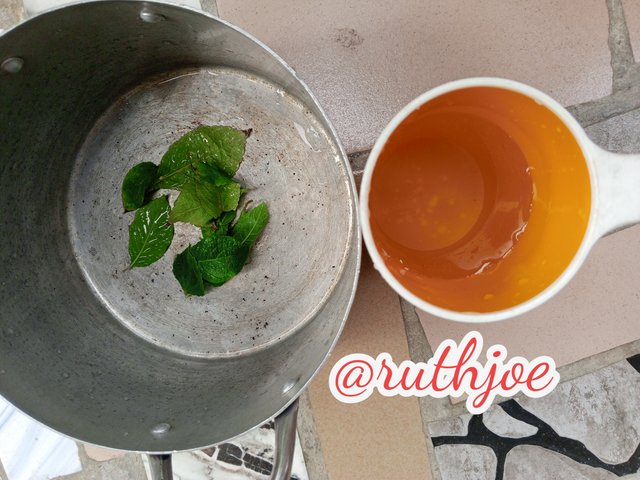 |
|---|
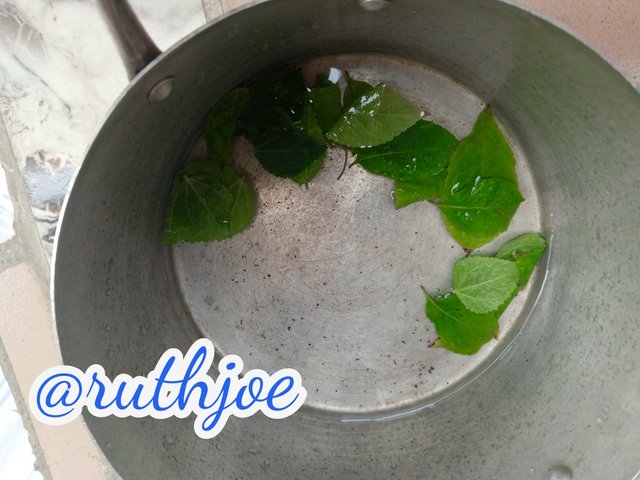 | Place on low heat and cover to boil for 2 minutes. This will help you generate the full source needed. |
|---|
| Here we have the final result. The tea is ready, you can choose to fill the glass | 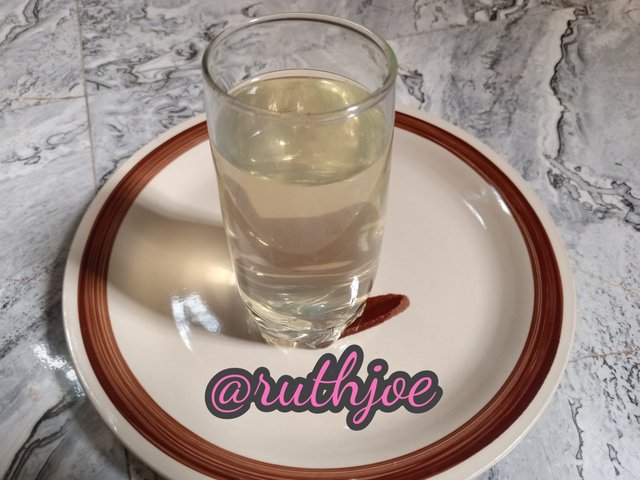 |
|---|
Herbs role in menopause
Raspberry is full of nutrients that can help with well-being during menopause. The fragerine found in raspberry leaves can strengthen and tighten uterine muscles, aiding in period regulation and lessening heavy flow. These leaves are also packed with B vitamins, vitamin C, and minerals such as potassium, magnesium, zinc, phosphorus, and iron, making them a great vitamin source.
Basil leaves have compounds that may help balance estrogen levels and are high in antioxidants. They provide vitamin C, calcium, magnesium, potassium, and iron. Additionally, basil contains substances that may reduce inflammation, fight bacteria and fungi, and alleviate stomach issues.
Herbs Benefits
Raspberry leaf tea has been used for a long time to promote women's reproductive health. It may alleviate menstrual cramps and assist during menopause.
Basil is known for its mood-stabilizing effects. It can also aid in regulating blood sugar levels and reducing oxidative stress.
Herbal Remedy
Basil: This herb offers various health benefits, such as improving oral health, addressing stomach problems, and reducing inflammation. Drinking basil tea may help prevent cavities and plaque buildup, and its astringent qualities can help combat bad breath.
Basil may also relieve headaches, sinus congestion, and nasal issues. It can assist with migraines, bites from snakes and insects, and may help with feelings of depression, anxiety, and insomnia. Additionally, basil may support healthy blood pressure and blood sugar levels.
Raspberry leaf tea can be beneficial for diarrhea, bloating, indigestion, flu, and menstrual cramps. It may also help with morning sickness during pregnancy, as well as during labor and delivery. Raspberry tea can be used as a wash for conditions like conjunctivitis, bleeding gums, ulcers, sore throats, and skin rashes.
It's important to consult a doctor before using these remedies, as self-medication is not recommended.
Herbal Benefits Research: Research three herbs that help with menopause symptoms. Include their uses and benefits. (2 marks) |
|---|
• Black cohosh
• Red clover
• Flaxseed
Black cohosh
Is a flowering plant found in the eastern United States and Canada. Its scientific names are Actaea racemosa and Cimicifuga racemosa, and it is also known as baneberry or bug root. Traditionally, Native Americans used its flowers and roots for medicinal purposes. Today, it is a popular supplement for women's health, often claimed to help with menopause symptoms, fertility, and hormonal balance.
Black cohosh may work because it acts like a phytoestrogen, a plant compound that resembles the hormone estrogen. However, there is some discussion about whether it should be considered a true phytoestrogen.
Despite this, black cohosh seems to help with menopause symptoms, although there is less evidence for its other claimed benefits.
Benefits and Uses
• Menopause and menopause symptoms
Many people take black cohosh primarily to ease menopause symptoms, and research supports this use. A 2018 study involving 80 menopausal women with hot flashes found that those who took 20 milligrams of black cohosh daily for 8 weeks experienced significantly fewer and less intense hot flashes compared to before starting the supplement.
Additionally, other studies have shown similar results, though more extensive research is needed.
• Mental health
Black cohosh might help improve mental health, especially for women going through menopause.
A review of various studies looked at herbal supplements for anxiety and depression in menopausal women. The findings showed that while black cohosh did not affect anxiety, it was associated with notable improvements in psychological symptoms.
• Weight loss
Women in menopause may face a higher chance of gaining weight due to lower estrogen levels.
It is suggested that black cohosh could have mild benefits for weight management in menopausal women because it may act like estrogen.
Red Clover
Red clover is a dark-pink herb that comes from Europe, Asia, and North Africa. It is now commonly grown in South America as animal feed to enhance soil health. This plant is also used in traditional medicine for various health issues, including osteoporosis, heart disease, arthritis, skin problems, cancer, respiratory issues like asthma, and women's health concerns such as menstrual and menopausal symptoms.
Benefits and Uses
• Bone Health
During menopause, women experience a drop in reproductive hormones, especially estrogen, which can lead to increased bone loss and lower bone mineral density (BMD). Osteoporosis is a condition characterized by weak bones and low BMD.
A study from 2015 involving 60 premenopausal women showed that taking 5 ounces (150 mL) of red clover extract with 37 mg of isoflavones daily for 12 weeks helped reduce BMD loss in the lumbar spine and neck.
However, another 2015 study with 147 postmenopausal women found that taking 50 mg of red clover daily for a year did not improve BMD.
Due to the many conflicting studies, further research is necessary to determine its true effects.
• Health care and hair
- Red clover extract is known in traditional medicine for supporting skin and hair health. In a study with 109 postmenopausal women, those who took 80 mg of red clover extract daily for 90 days noticed clear improvements in the texture, appearance, and overall quality of their hair and skin.
In another study involving 30 men, applying a 5% red clover extract to the scalp for 4 months led to a 13% increase in the hair growth phase (anagen) and a 29% reduction in the hair loss phase (telogen).
Flaxseed
In my country, flaxseed resembles melon seeds and can easily be confused with them. Its local name is not yet known. Flaxseeds are rich in lignans, which are powerful phytoestrogens. Scientists think these lignans may help alleviate menopausal symptoms.
Lignans in flaxseed have a mild estrogen-like effect, leading some to believe they can ease menopausal issues. However, studies show mixed results. Flaxseed has beneficial properties that may positively affect hormones and influence chronic health conditions.
In 2004, researchers proposed that flaxseeds might be more effective than soy in boosting estrogen levels. Their findings indicated that flaxseeds enhance the body's retention of estrogen more than soy does.
A 2013 study in the Journal of the American College of Nutrition found that plant lignans in flaxseeds significantly reduced hot flashes in postmenopausal women. Even those taking a low dose of lignans experienced a 44 percent drop in hot flash frequency.
While the evidence on flaxseeds for menopause is not definitive, it might be beneficial to include them in your diet to see if they help, as each woman's experience with menopause is different and may require a personalized approach.
Benefits and Uses
Flaxseed can be consumed whole, ground, or as oil. It is often found in various foods, such as baked goods, juices, and oatmeal.
• Digestion
Flaxseed is high in both soluble and insoluble fiber, aiding digestion and relieving constipation. Fiber can help you feel fuller for longer and adds bulk to your stool.
• Blood Pressure
Flaxseed may assist in lowering high blood pressure, which is a risk factor for heart disease.
It might also lower the chances of getting cancer, diabetes, and stroke.
Herbal Bone Health Remedy: Create a remedy to support bone health. Use at least 3 herbs. Write the process, recipe and benefits of herbs and remedy. (3 marks) |
|---|
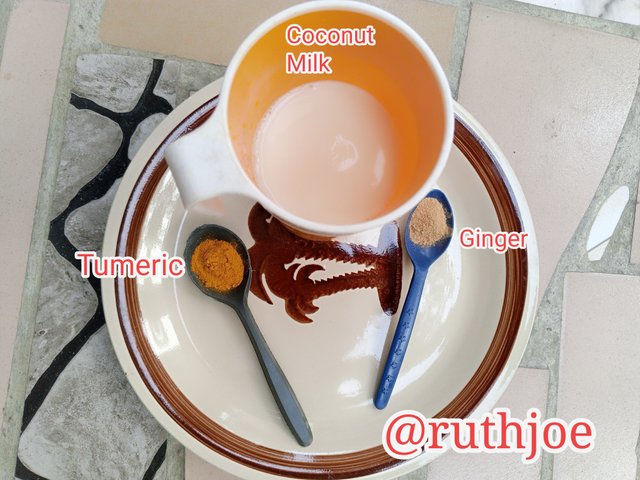
I made Golden Milk with just three(3) ingredients
• Coconut milk
• Tumeric
• Ginger
• 1/2 cup of coconut milk
• 1 tsp of tumeric
• 1 tbsp of ginger
Preparation Process
| Add all ingredients together in a pot and combine. Bring it to simmer on low heat for 10 mins | 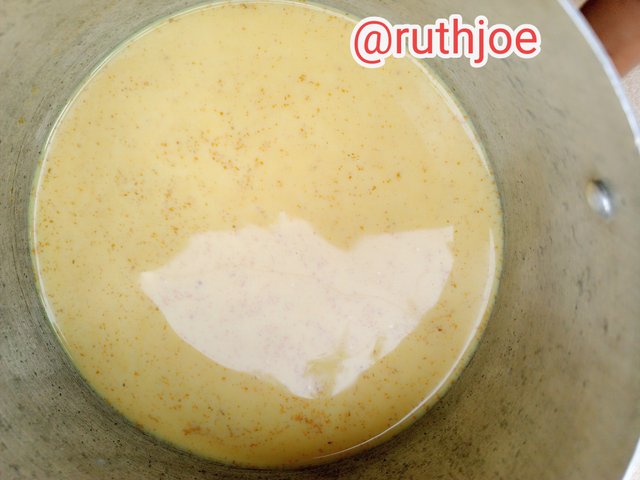 |
|---|
 |  |
|---|
Strain the golden milk with a clean cloth to remove the spices.
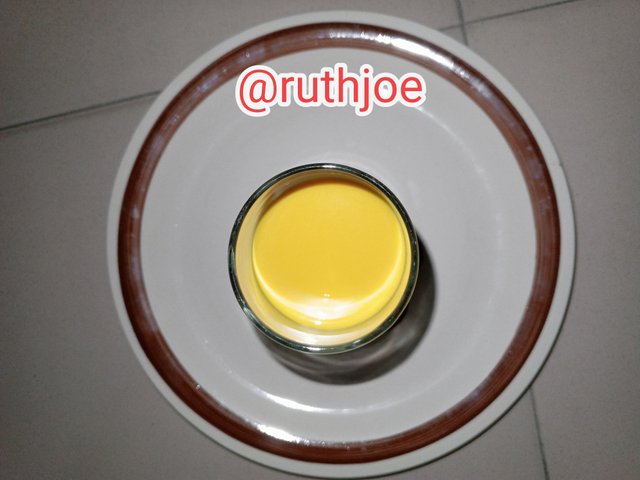 |  |
|---|
Allow to cool off and serve in a glass. You can also store it in the refrigerator for as long as 5 days.
Herbs Benefits and Remedy
- Turmeric
Turmeric, like other vibrant plant foods, is packed with phytonutrients that may help protect the body by neutralizing harmful free radicals from sources like pollution and sunlight, while also safeguarding cells from harm. It has curcumin, an antioxidant that might reduce inflammation and combat infections.
Turmeric may alleviate inflammation, which can lead to joint pain and stiffness. It may also assist with digestive issues such as abdominal discomfort, bloating, and constipation. Additionally, turmeric may ease pain and enhance mobility in individuals with osteoarthritis. It could help guard against heart disease and lower indicators of liver damage, preventing excess fat accumulation in the liver. Turmeric may also inhibit the growth of cancer cells and offer protection against allergies.
- Ginger
Ginger offers numerous health benefits, such as reducing inflammation, aiding digestion, and promoting heart health. It can be enjoyed in various forms, including teas, smoothies, or as a cooking spice.
Ginger may alleviate bloating, constipation, and other digestive concerns. It contains anti-inflammatory properties that could help with arthritis and similar conditions. Ginger might also lower cholesterol and blood pressure, reducing heart disease risk. It may assist in regulating blood sugar levels, which is helpful for those with Type 2 diabetes. Additionally, ginger can be applied externally to relieve pain and may ease menstrual discomfort.
- Coconut Milk
Coconut milk is a plant-based beverage made from coconut pulp. It is high in fat and calories, so it should be consumed in moderation.
Coconut milk can boost the immune system and may aid in weight loss. It might also support heart health and contribute to brain development and function. Furthermore, coconut milk contains antioxidants that can help protect DNA from oxidative damage.
At this point I would like to invite my friends to join this contest @sahmie @eveetim @pandora123
X share
https://x.com/Ruthjoe1900741/status/1880360609159737738